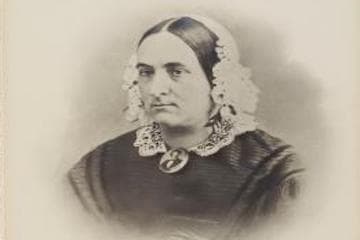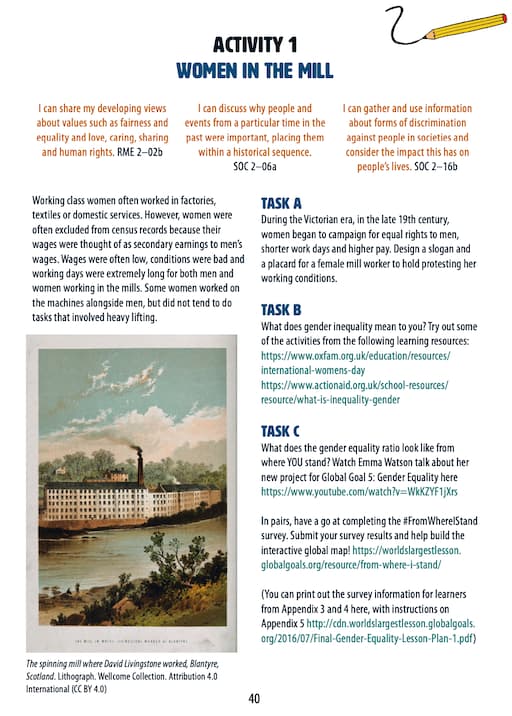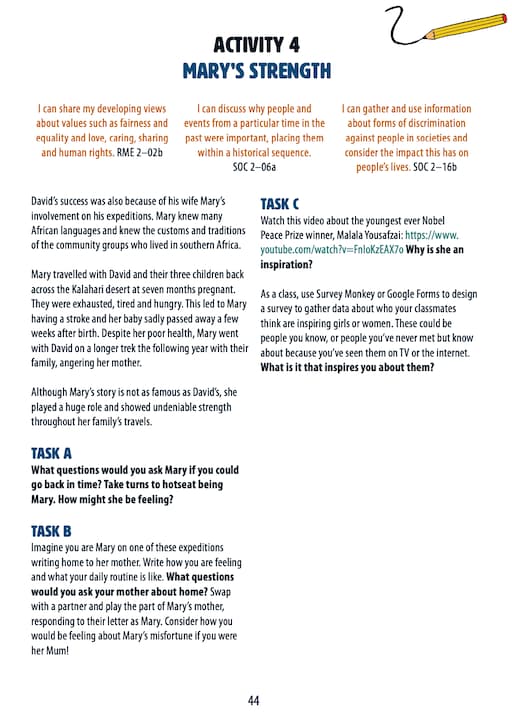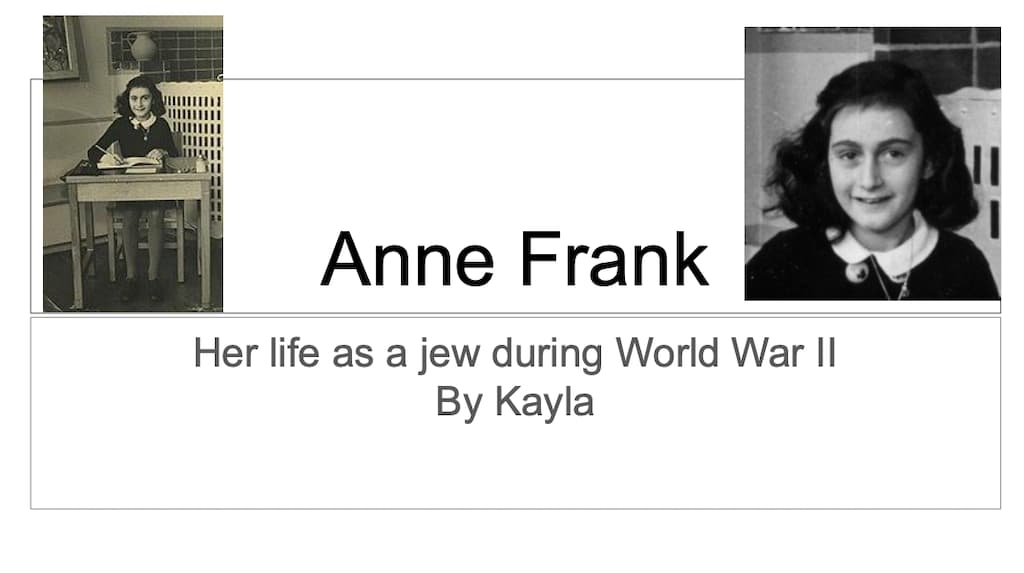Women in the Mill
Working class women often worked in factories, the textile industry or domestic service.
However, they were often excluded from census records because their wages were thought of as secondary earnings to men’s wages.
Wages were often low, conditions were bad and working days were extremely long for both men and women working in the mills. Some women worked on the machines alongside men, but tended not to do tasks that involved heavy lifting.
As a result of these inequalities, women in the UK came together and began to campaign for better working conditions and rights. Women around the world are still campaigning for equality with men.































